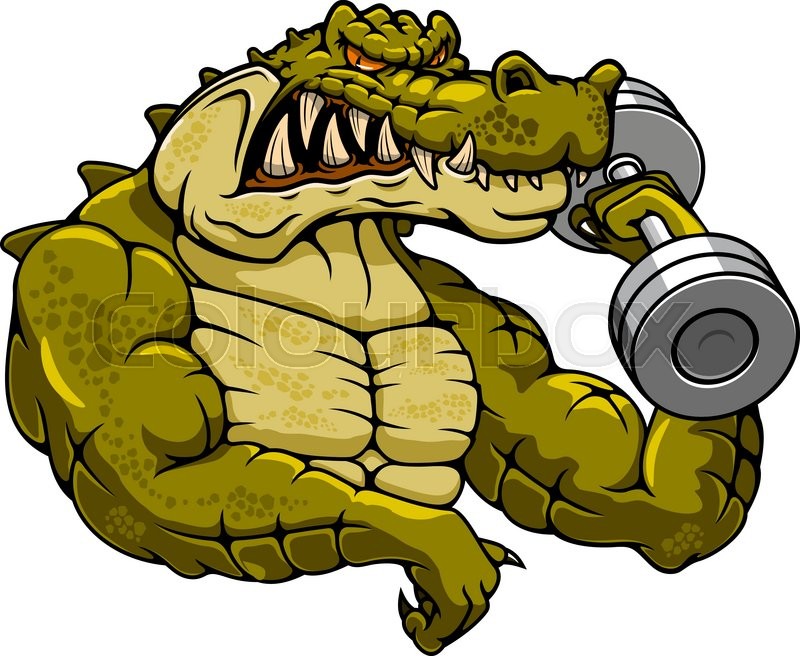How to increase your vertical jump 6″
-
Measure your current vertical leap. I asked my students to stand near a tall wall or pole, and raise their hand as far as they can. Have a friend measure where your hand reaches up to (make a mark with chalk or a similar marking tool). Then, jump with that same hand raised, and have your friend try to measure where your fingertips hit the wall. (Your friend might need to stand on a stool, chair or small wall to do this; just be careful not to jump into him or her.) The distance between these two measures is your current vertical leap.
- As you improve, remeasure at intervals. Being able to track your progress will help you gain confidence in training and keep pushing for more.
2- Squats:This essential movement pattern is very similar to jumping. Strengthening these muscles is an important prerequisite to developing power for the Jump.
- Hip extension exercises: The glutes and hamstrings, which are part of your core have to be strengthened, not only to help with the Jump but also to allow for a safe landing.
- Lunges and Step-Ups: These are included in every of my programs so that you can focus on each leg. This helps to ensure that one leg doesn’t lag behind the other and negatively impact your performance.
- Plyometrics: Plyometrics are critical because they teach the application of weight room strength and power. This implicates the stretch shortening cycle which is an active stretch (eccentric contraction) of a muscle followed by an immediate shortening (concentric contraction) of that same muscle. The increased performance benefit associated with muscle contractions that take place during SSCs has been the focus of much research in order to determine the true nature of this enhancement.
- Try the following types of plyometrics:
- Hops: These help to develop the ankles and shins.
- Squat Jumps: Performing a Vertical Jump, but only after holding the bottom squat position.
- Counter-movement Jumps: The Vertical Jump exercise. It makes sense to practice this in training before attempting it in testing.
- Box Jumps: The focus is on jumping for height in this program. This is where you jump up to a high box.
- Upper-body work: The upper body (the arm swing) contributes to Vertical Jump performance, so it’s important to do some upper-body work when focusing on the Vertical Jump.
- Medicine Ball Throws: The Medicine Ball Throw exercises in this program either develop the jumping motion (like squatting and then throwing the ball behind you) or the upper body to assist with the jump.
See how Max got his vertical jump up to 44″ at nly 5′ 6 feet tall;;
